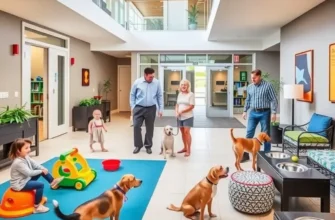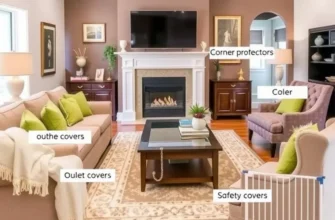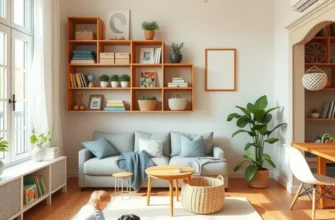Living in an apartment with pets can be a rewarding experience, especially for families and couples looking to share their lives with furry friends. However, pet ownership comes with unique challenges, particularly when emergencies arise. From unexpected illnesses to accidents, knowing how to navigate these situations is crucial for ensuring the safety and well-being of your pets and family. With the right preparation, you can create a safe living environment that accommodates the needs of both your children and your pets. By following simple guidelines and tips, you can have peace of mind, knowing that you’re equipped to handle pet emergencies in your apartment. This guide aims to provide practical advice for creating a pet-friendly space that protects your loved ones while ensuring your pets feel comfortable and secure.
Crafting a Pet Emergency Plan
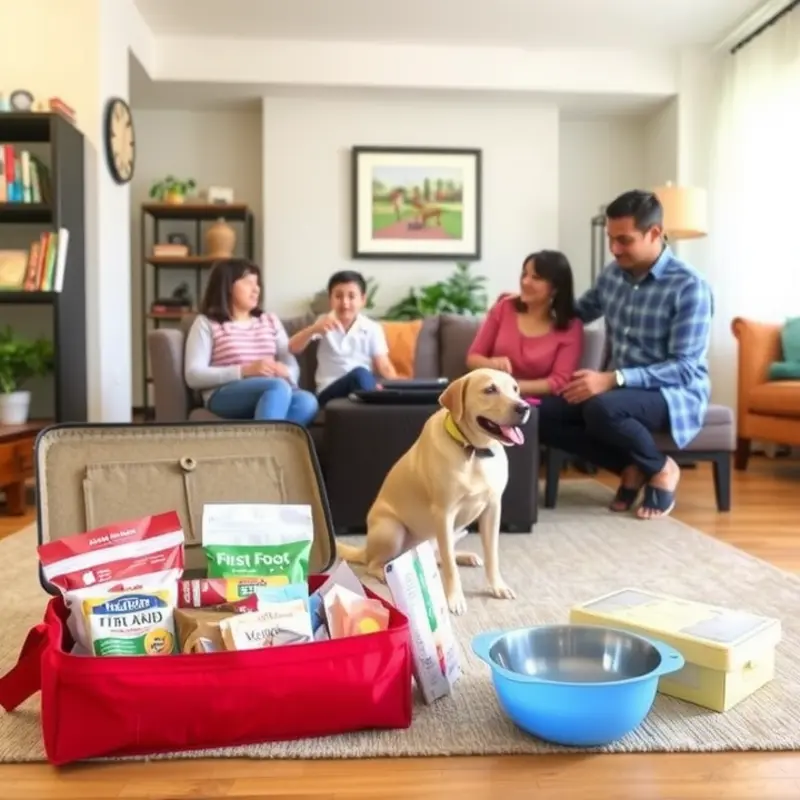
Every pet owner should develop a comprehensive emergency plan to address the unique needs of their furry companions. Just as you would for other family members, tailoring a plan for your pet ensures their safety and health during unforeseen crises. This process begins with understanding the potential emergencies that could impact your area, such as natural disasters or local hazards.
Start by designing your evacuation routes. Identify safe havens in your community that accommodate pets, such as shelters or pet-friendly hotels. In case you need to evacuate, having a predetermined destination reduces stress and allows for quick departures. Collaborate with neighbors or nearby friends who can assist if you’re away from home during an emergency.
Collect and organize vital medical information for each pet. This should include vaccination records, known allergies, and prescriptions. Store this data in a waterproof and easily accessible folder. It’s also wise to have a digital copy available, either stored securely online or on a device.
Creating a pet emergency kit is crucial. This kit should include non-perishable pet food, bottled water, feeding dishes, and a leash or carrier for each pet. Don’t forget items like a blanket, toy, or any familiar objects that can comfort your pet. Ensure the kit is easily reachable and reviewed periodically to replace expired items.
Clear communication between family members is key. Every person in your household should be aware of the emergency plan and their specific roles. Designate duties such as gathering pets or equipment during an evacuation. Consider practicing this plan regularly to familiarize everyone with the steps and ensure a coordinated, swift response.
Regular practice drills with your pets are invaluable. Familiarize them with carriers and harnesses, and simulate the evacuation process to reduce their anxiety. Adjust the plan as needed to address any logistical challenges encountered during these drills.
By preparing extensively, your pet’s safety and comfort are prioritized in times of emergency. Collaborate with leasing management and familiarize yourself with the pet policies and available resources. To gain more insights on managing pet-friendly apartment living, visit our guide on apartment pet-friendly furniture hacks.
In crafting a detailed pet emergency plan, you can achieve peace of mind knowing you’ve taken necessary steps to safeguard your beloved pets, no matter the crisis that may arise.
Creating a Safe Environment for Pets and Kids
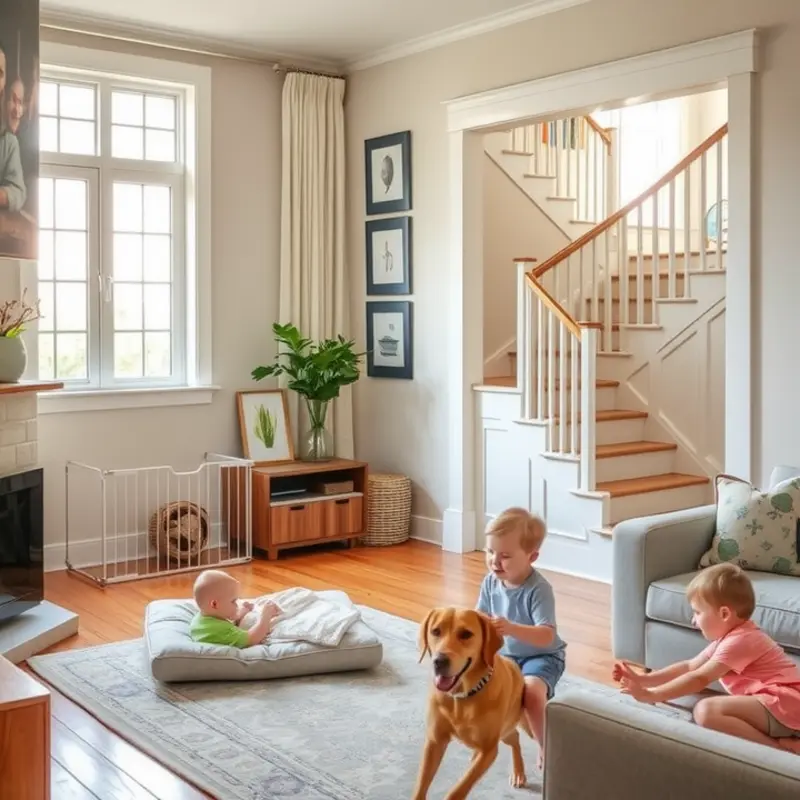
Ensuring a safe environment in an apartment shared with pets and children requires strategic planning. Safety gates are an essential tool to keep pets and children out of certain areas. Installing a sturdy gate at the entrance of the kitchen or home office can prevent access to hazardous spaces. Remember, consistent supervision remains crucial even with these barriers in place.
Securing dangerous items is another key aspect of safety. Keep cleaning supplies, electrical cords, and small objects out of reach. Utilize childproof locks on cabinets and drawers containing potentially harmful substances. High shelves are perfect for storing these items, but ensure they are not within easy reach of curious small hands or adventurous pets.
Pet-proofing your home also involves addressing specific hazards. Secure loose wires and store toys in areas that are safe for both pets and children. Consider using furniture anchors to prevent tipping. Removing small decorative items from low tables will deter pets and children from chewing or playing with them.
Creating a comfortable space for pets within your home can contribute to their well-being. Designate a quiet corner with a cozy bed or a favorite blanket where they can retreat during stressful situations. This area should be free from loud noises and foot traffic. Pet-friendly furniture hacks, such as those available here, can also help make these spaces welcoming and durable.
Understanding pet body language is critical in maintaining a harmonious household. Recognize signs of stress, such as excessive grooming, avoidance, or changes in vocalization. Address these behaviors promptly; they often signal when a pet feels uncomfortable or threatened. By being attentive to these cues, you create an atmosphere where your pet feels secure.
Equally important is teaching children to respect pets’ boundaries. Encourage gentle petting and explain the importance of not disturbing pets while they’re eating or sleeping. Positive interactions between pets and children are reinforced through supervised play, which fosters a bond built on trust and respect.
Ultimately, creating a safe and comfortable environment for both pets and children in an apartment involves foresight, proactive measures, and an understanding of behaviors. By combining these practices, families can enjoy a harmonious living space that prioritizes the safety and well-being of every member.
Final words
Creating a harmonious living space for both children and pets is an achievable goal that requires proper planning and understanding. By developing a comprehensive emergency plan and maintaining a safe environment, you can ensure the safety of your family and pets when unexpected situations occur. Regularly reviewing your plans and making necessary adjustments will make all the difference in emergency scenarios. Remember, a well-prepared household is a happy one, paving the way for happy moments cherished with your pets and loved ones.


